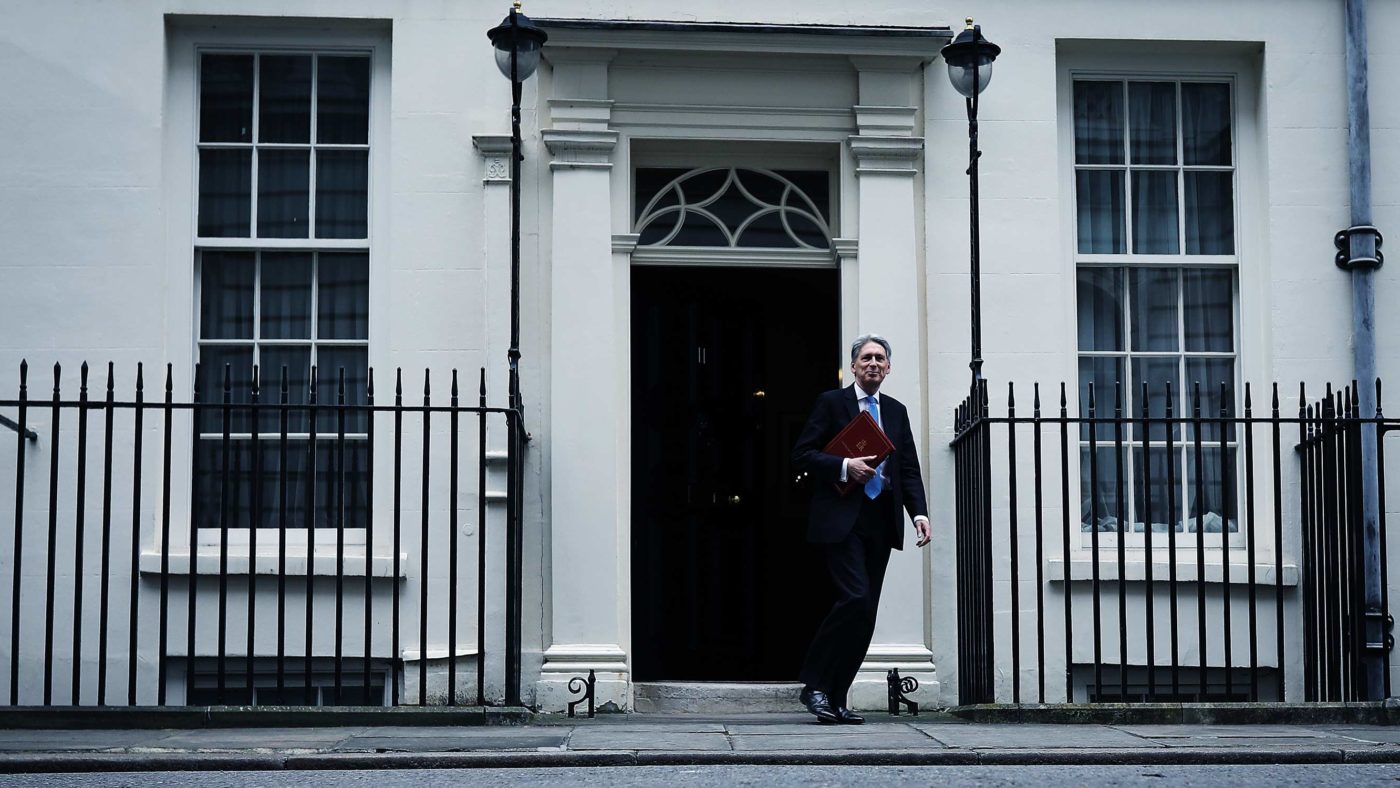The Chancellor is right to guard against complacency
On the face of it, the Chancellor had reason to feel “Tiggerish” on delivering his Spring Statement: lower borrowing, continued employment growth, inflation set to fall, real wages set to rise, debt finally starting to fall as a percentage of GDP. But as Daniel Mahoney and I warned in the CPS’s economic briefing last week, there is precious little cause for complacency. In fact, the figures published by the Office for Budget Responsibility painted a gloomier portrait than expected.
Sluggish is the new normal
In November, Britain’s growth prospects were cut sharply, as the OBR finally accepted that productivity growth would not bounce back to pre-crisis levels. Its latest forecasts present a slightly rosier picture – but the upgrade does not even come close to compensating for the downgrade.
The OBR predicts that over the next five years, growth will come in at 1.5 per cent or below – a period of sustained sluggishness unmatched since the Second World War, at a time when the world economy is expected to be growing relatively briskly. Employment growth of 500,000 over the next four years sounds impressive, but is much slower than in previous years – in large part because we have historically high employment rates already.
More fundamentally, the OBR estimates that the “output gap” has turned positive – that is, this relatively anaemic rate of growth actually represents the British economy working at maximum capacity, or even beyond.
Forecasts are, as the Chancellor reminded us, there to be beaten. But while the British economy is doing far better than the gloomy pre-Brexit forecasts suggested, it is hardly poised for rip-roaring growth.
The Government needs to fix the fundamentals
As we argued in ‘“Mission Accomplished?” and Daniel wrote in ‘“The Great Productivity Squeeze”, the British economy’s fundamental problem is poor productivity. There was a flicker of optimism when the productivity figures for the past two quarters exceeded expectations significantly – but the OBR has today dashed those hopes, judging that this rise is due to a fall in hours worked rather than to any improvement in the quantity or quality of work done during those hours. As a result, it plans to stick to its gloomy forecasts from November until it is proved wrong.
The priority for the Government, then, is the kind of structural reform that will improve the economy’s potential for growth and make us all richer. This does not need to involve spending money – but it does need to involve supply-side reforms that remove barriers to growth, such as reforms to the planning rules that increase housing supply.
Hammond’s real audience was his Conservative colleagues
The Chancellor’s speech – shorn as it was of the kind of headline-grabbing initiatives that populate a Budget announcement – was essentially an argument in favour of fiscal conservatism. He sought to reframe the argument about the debt and the deficit not as a question of dry bookkeeping, but as an issue of responsibility to the country and its citizens, of stopping wasting their money on debt repayments so that it could be spent for greater benefit. Yes, he might increase public spending – but only if the figures, come the Autumn Budget and the 2019 Spending Review, allow for it.
This commitment to sound finances should be admired. But it is one that will be challenged by those of his colleagues who believe that Labour’s promises to borrow, borrow, borrow and spend, spend, spend must be matched by Tory promises to spend more on a wide variety of cherished causes, not least the NHS.
The real financial battle will come in 2019
The Chancellor’s Autumn Budget statement will generate rather more headlines than the Spring Statement, not least as he decides whether and how to spend any of the windfall from higher growth – on which score, it was disappointing that there was not even a hint of potential tax cuts in the Chancellor’s speech.
However, the really big moment will come the following year, with the first Spending Review of the post-Brexit age. Alongside the usual series of Budgets, this will be the Government’s opportunity to set out the shape of the British state – and, crucially, its size. That, in turn, will determine not just the future of public services such as the NHS, but the Government’s basic strategy for the next election: in particular, whether it seeks to be the party of a smaller state and lower taxes, or to fight Labour with a diluted version of its own high-spending medicine.
In other words, the debate around the Spring Statement was a microcosm of where we are as a country. Labour offer a recipe for the economy made up of vast borrowing and vast spending. The Tories – and in particular “Fiscal Phil” – contrast this with their own commitment to sound finances and balanced books, not least because our debt pile remains mountainous.
The Chancellor has an admirable commitment to sound finances, and it is certainly better to have sluggish growth than no growth at all – or indeed to have John McDonnell in the Treasury, sending the economy into a nosedive. But the truth is that unless we solve our productivity problems, we will never unleash the economy’s full potential.


